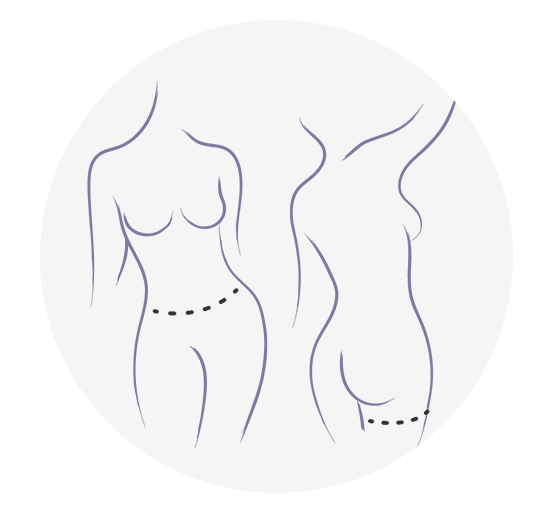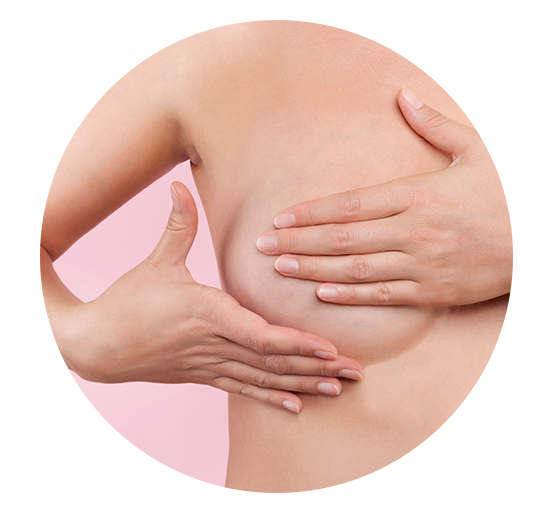
What is Better Diep Flap or Implants? Deciding On Natural Tissue Breast Reconstruction vs. Reconstruction with Implants.
Most women researching breast reconstruction options, often ask Dr. Levine what is better: diep flap or implants? After mastectomy, breasts can be reconstructed with either implants or the patient’s own body tissue. Reconstruction with the patient’s own body tissue is called autologous breast reconstruction, and the most sophisticated procedure for autologous breast reconstruction is the perforator flap. The perforator flap is named after the blood vessel that perforates through the muscle underlying the donor area, and the most common perforator flap comes from the abdomen. That blood vessel is called the deep inferior epigastric artery perforator, and it perforates through the rectus abdominis, which is the “six-pack abdomen” muscle in the lower abdomen.
ABOUT DIEP FLAP BREAST RECONSTRUCTION | What is Better Diep Flap or Implants?
When deciding between implant reconstruction and a DIEP, there are many considerations. Implant reconstruction is quicker, and the recovery may be slightly easier. However, implants are not natural and they are not permanent. Implants are also associated with many long-term issues like capsular contracture, tightness, discomfort, rippling, and BIA-ALCL. For these reasons, many women elect to have autologous breast reconstruction.
With autologous breast reconstruction, the tissue which will be replacing the breasts must be taken from somewhere. This area on the patient’s body is called the donor site. The most common donor site is the lower abdomen around and below the belly button and above the pubic hairline. This is an area in which fat and extra skin tends to accumulate, and it may be the ideal donor site from which to harvest tissue for breast reconstruction.
ADVANTAGES OF USING NATURAL TISSUE VS. IMPLANTS | What is Better Diep Flap or Implants?
Autologous tissue has many advantages over implant reconstruction, and some disadvantages. The main disadvantage is that it requires a donor site, which means that it requires more surgery. The surgery involves removing the tissue from the donor site and closing the donor site, which results in an extra scar. When the tissue is taken from the abdomen as in the DIEP flap, the scar is across the lower part of the patient’s abdomen.
The advantages include a natural breast reconstruction, which is created from the patient’s own living warm body tissue. These operations are successful over 99% of the time, and after recovery the warm living body tissue looks and feels like a normal natural breast.
Dr. Joshua L. Levine, MD FACS
World Leading Authority in Perforator Flap Breast Reconstruction
Based in New York, New Jersey, and Connecticut

Dr. Joshua Levine is a world-renowned perforator flap breast reconstruction surgeon. Meaning, all of his breast reconstruction procedures, are muscle-sparing, using only your own natural tissue to restore your breast(s). He operates out of top cutting-edge and award-winning hospital facilities in New York, New Jersey, and Connecticut, alongside a hand-selected surgical team that matches his expertise. He’s been pioneering advancements in the field of perforator flap breast reconstruction since the beginning of his career in 2004, and has completed over 1,700 successful reconstruction procedures.

Nelly K.
Dr. Levine Has restored what cancer took from me. He is caring, compassionate and a true artist. It is virtually impossible to tell that my breasts are not my ‘originals’

![]()

Rena H.
Dr Levine is an outstanding Doctor. He is a wonderful human being and a highly skilled surgeon. My results are nothing short of miraculous. There is no one like Doctor Levine. He is an artist and a true professional.

![]()






